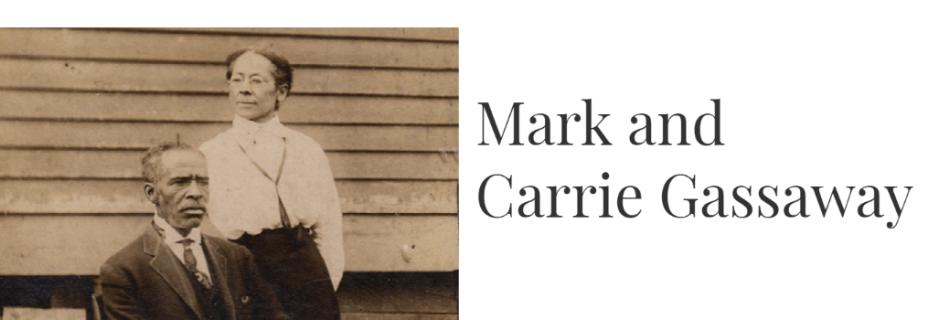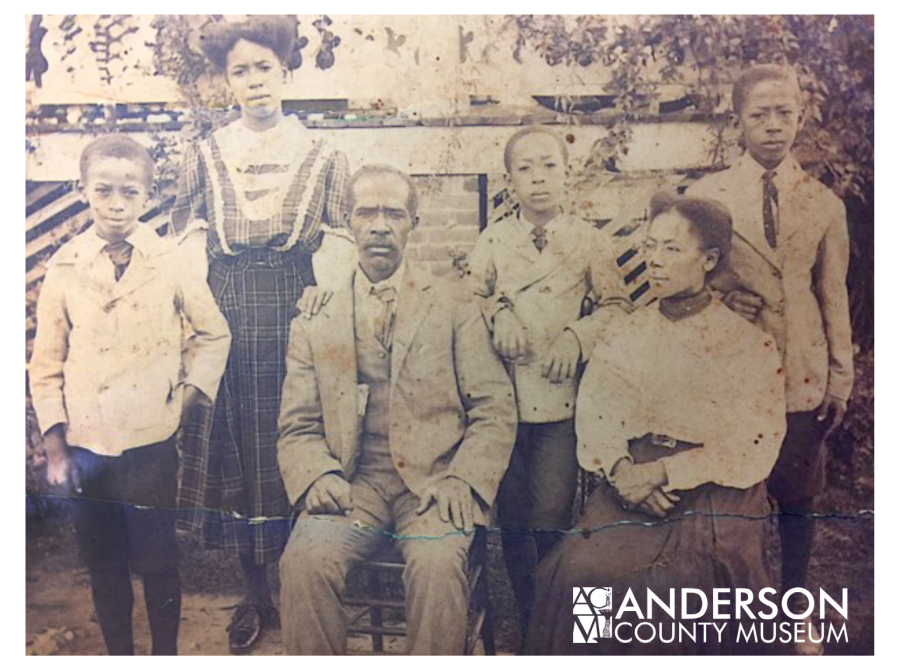Visit
 The Official Web Site of the State of South Carolina
The Official Web Site of the State of South Carolina

Mark and Carrie Gassaway were a true power couple in our county’s African American education history. Two of Anderson’s most influential black schools, Greeley Institute and Reed Street School, benefitted from the Gassaways’ leadership and care. Mark was inducted into the Anderson County Museum’s Hall of Fame Class of 2017 and a summary of his contributions are available here. The remainder of this post will explore some aspects of the Gassaway story that, when fleshed out, enrich our understanding of what these two titans accomplished in their time.

Firstly, it is important to note that Mark Gassaway, born into slavery in 1852, went on to become the county’s first African American degree holder after graduating from Claflin College in 1883. He chose to return to his home in Belton to put that education to use for the good of his community. Carrie had graduated from Spelman Seminary in Georgia before taking up a teaching position, also in Belton. When the two married in 1889, they became one of the more educated couples in our region regardless of race. Hard work and persistence were key in their success as students and later as educators and administrators. These characteristics likely molded their approach to African American community building in their early careers, which focused on both liberal arts and vocational training.
In recent years, the Gassaways’ evident connections with key Civil Rights activists of their day have become a necessarily greater part of their story. Mark had contact with both Booker T. Washington and W.E.B. Dubois, pointing quite possibly to the shaping of his own opinions regarding advancement for the nation’s black population. In 1909, Mark helped to organize a speaking engagement for Booker T. Washington at Anderson’s Buena Vista Park. Thousands attended to hear his ideas, which emphasized African American education and entrepreneurship as avenues to change. This certainly mirrored Mark and Carrie’s mission at Reed Street to prepare the county’s black youth for success in their given circumstances.
However, it is quite possible that subsequent events caused a shift in the Gassaways’ ideology. In 1919, Mark became the president of Anderson’s inaugural NAACP chapter. The move drew attention from local white supremacist groups and Mark soon received threats against himself and his family. The Gassaways left Anderson and traveled to Cleveland, Ohio. In the years following, Mark appeared as a speaker alongside W.E.B. Dubois giving his personal testimony and advocating not just education, but also political action. Dubois (and now Gassaway) championed a view that African Americans must use the political system to bring about change. One might assume that the Gassaways’ experiences led them to a new view which included Dubois’ intellectual approach and activism for a fast track to full Civil Rights for all Americans.
Learn more about Mark Gassaway in the Anderson County Museum Hall of Fame.
Watch our 2020 video presentation about Mark Gassaway on our YouTube Channel.